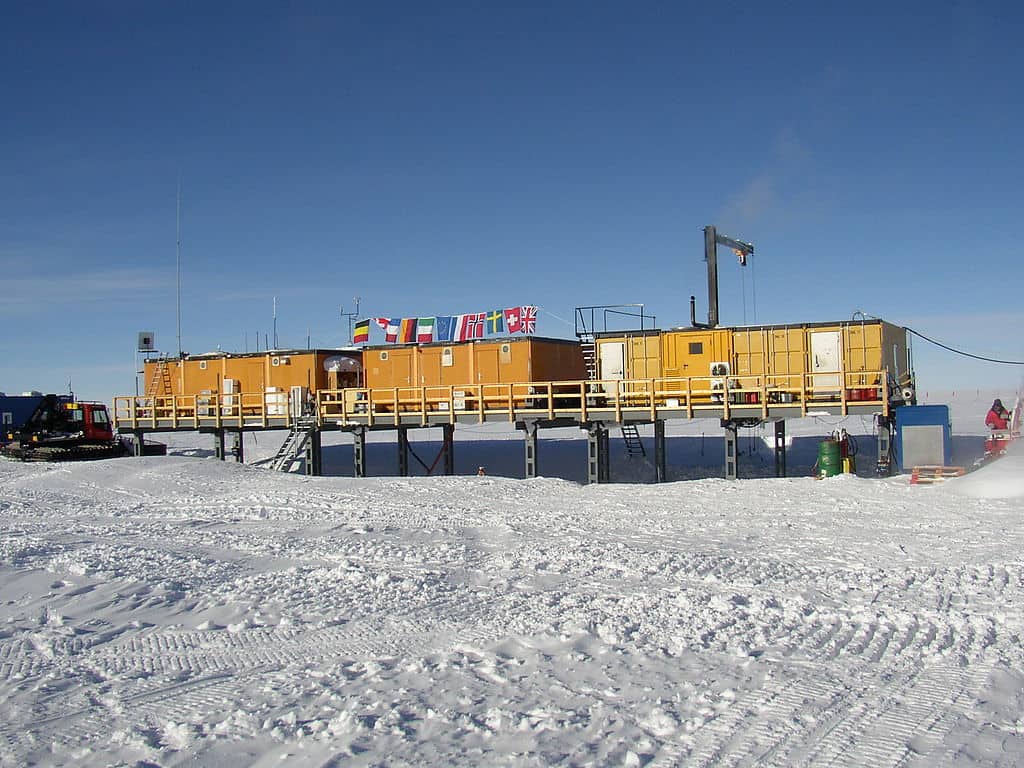Beneath pristine packs of southern snow
Echoes of a violent past lay scattered;
Lost amongst the landscape like fragments
Of half-remembered, ancient dreams,
These imprints of impossible ferocity
Permeate the permafrost with their
Sparse, unnatural presence.
Carefully we sieve the
Frozen dust, shaking out
Terrestrial impurities
To catch these tiny
Specks
Of interstellar intolerance.
Blushing beneath the sudden
Light from a brash and unfamiliar star
These tiny ferrous needles fall from
Frigid haystacks –
Their secrets undressed beneath our
Cool and unrelenting gaze;
Peeling back their aged, translucent skin
To reveal their buried ancestry:
A cast off from the cloud of
Lost and broken stars that
We unwittingly call home.

This poem is inspired by recent research, which has discovered the rare isotope iron-60 (which is created during supernova events) in Antarctic snow for the first time.
While most of the iron in the universe is iron-56 (a stable isotope which has a nucleus made up of 26 protons and 30 neutrons), a small proportion is made up of iron-60, an unstable isotope with 34 neutrons in each nucleus of the atom. There are no natural terrestrial sources for the iron-60 isotope, and it most likely originates from supernovae, i.e. exploding stars that release huge amounts of energy and scatter material across the Universe.
In this new study, researchers collected 500 kg of snow from Antarctica, and upon analysis found a total of five iron-60 atoms in the samples. Further analysis ruled out nuclear weapons tests or reactor accidents as sources of the iron-60, and by studying additional isotopes like manganese-53, the researchers also ruled out any significant contributions from cosmic rays, which generate iron-60 when they interact with dust and meteorites. This indicates that the iron-60 detected in the Antarctic snow does indeed comes from supernova explosions. The researchers also located the source of this stardust as likely coming from the Local Interstellar Cloud, a region roughly 30 light-years across, which likely formed from exploding massive stars, and through which our Solar System is currently moving.
An audio version of this poem can be heard here:
Discover more from The Poetry of Science
Subscribe to get the latest posts sent to your email.